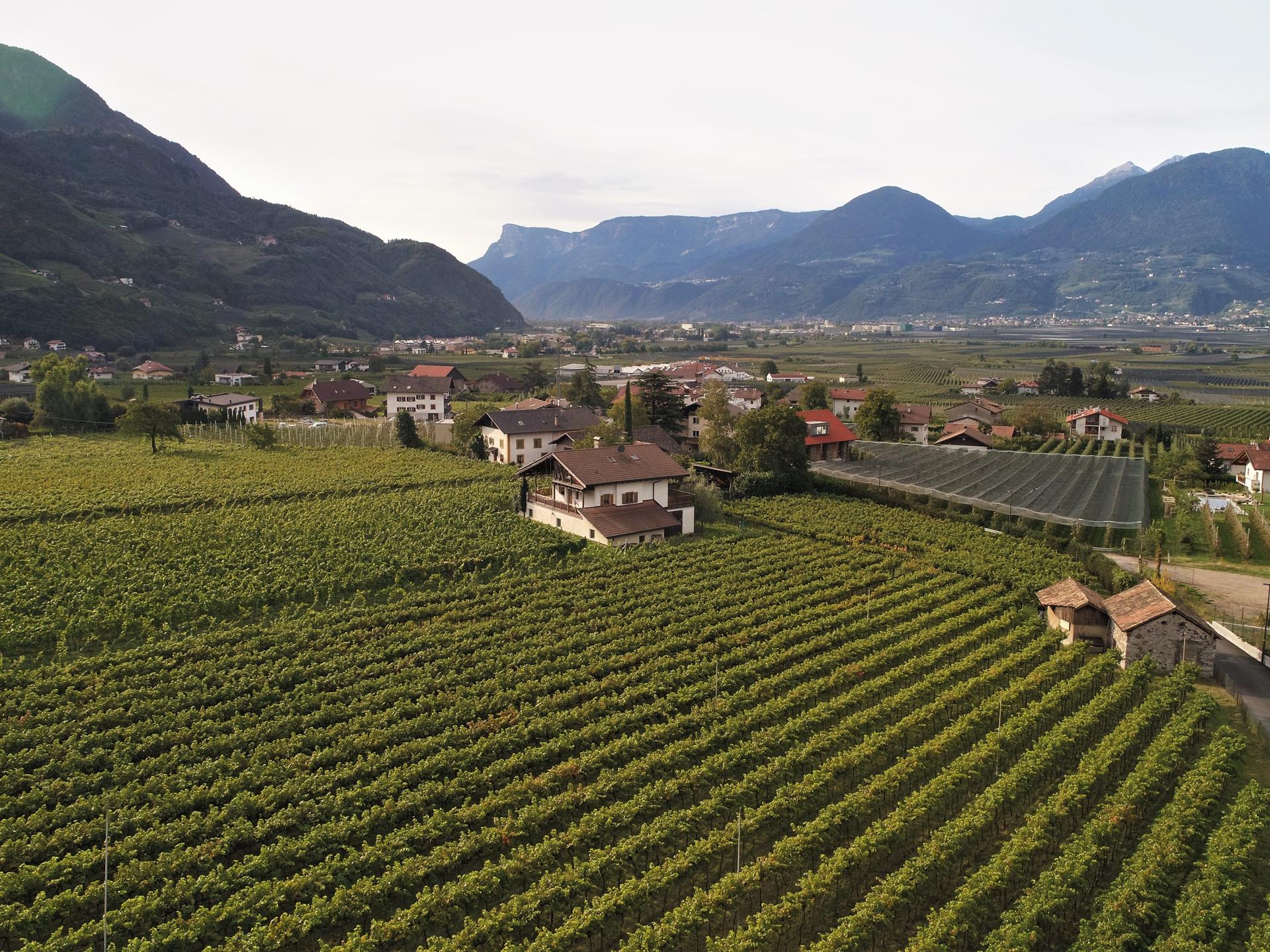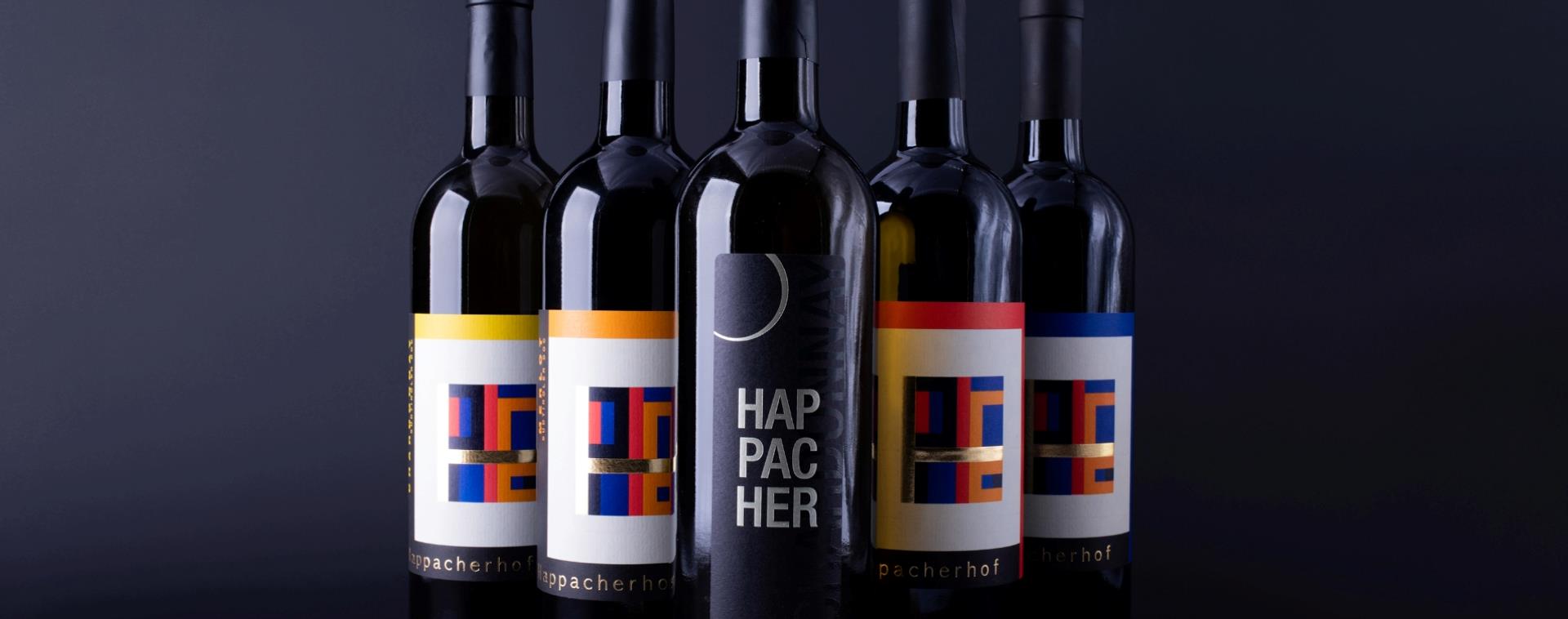“Glacial sediments of porphyry sandstone and secondary metamorphite and granite.” One would almost think that Sinn was a geologist when she describes the foundation of her vineyards. And even if you have not yet completely understood which soils are concerned, the short version is: they are ideal for authentic, individual, unmistakable wines.
“I like to describe my wines as the grape in the glass,” Sinn says. “They are not lush, but on the contrary, they are animating, lively, and at the same time agreeable, with fine acidity and an elegant interplay of aromas.” Originality is something upon which the winegrower from Merano places as much value as reflecting upon one’s own strengths. And upon quality, in any case.
In the end, the signature of Karoline Sinn can be tasted in her wines just as much as the natural conditions with which the Pratenberg Estate Winery in Merano is blessed. And perhaps also the motto according to which she runs the winery: “Have the time to take the time and to give things time.”































